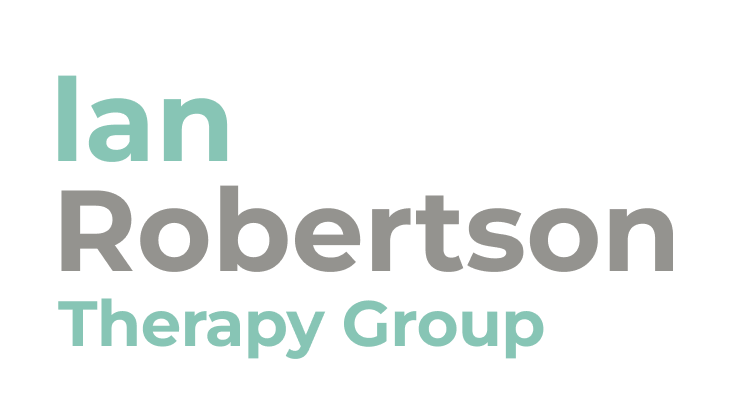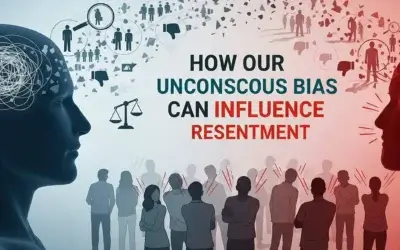
We can often find ourselves in the difficult situation of trying to navigate a strong difference of opinion with another person. Differences of opinion can lead to conflicts that can be hurtful and end up being unresolved. These situations can occur in our personal, work, or other areas of our life. When we lack skills to manage conflict, we resort to more primitive responses that trigger the ‘fight or flight and for some freeze’ responses.
Our primitive and/or maladaptive learned behaviours tend not to be effective or even helpful in managing conflicts. In fact, they will actually make the situation worse. Being able to navigate conflict effectively is a learned skill. Below you’ll find my suggested approach to help you effectively work through relational conflict.
Use This Method to Aid in Conflict Resolution
Prior to meeting with the person you find yourself in conflict with, take a moment and walk through the below steps. You may write out each of your responses so that you are prepared. Then practice going through the STABEN responses until you feel ready to reach out to the individual you share the conflict with.
S – Source (Who and Where?)
Identify the ‘who’ and the ‘where’ of your conflict.
T – Time and Place
When is the best time and place to successfully have a conversation with the other person(s) that will give you the best possible environment for resolution?
A – Amicable, genuine, positive, kind
Approach the conversation being emotionally ground, calm, genuine and positive with the other person. What word would you use that can support these values and principles of being “Amicable, genuine, positive and kind?
B – Behaviours that are upsetting you or affecting you?
Be specific as to which behaviours that have affected you and why these behaviours are upsetting. Also be careful not to be too judgemental when you describe them. Deliver these specific behavioural details amicably, genuinely, and kindly.
E – Emotions – How specific behaviours emotionally affected you?
Describe the emotions you experience as a result of the specific behaviours. “I felt __.” Frustrated? Angry? Hurt?
N – Need – What change do you need to see different for this to be better
Here is where you start to negotiate options for improvement! Provide your options but also explore any other options.
This is a great little tool that is extremely effective and helpful to navigating conflict in your personal and professional relationships. Remember, where there is a relationship, there is bound to be conflict, because it is not possible to live life with others and not experience tension or upsets. Rather than giving in to your fight or flight responses, remember the steps in the STABEN method.











